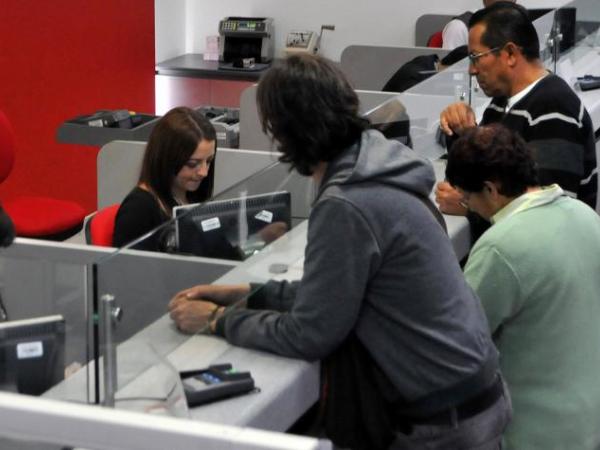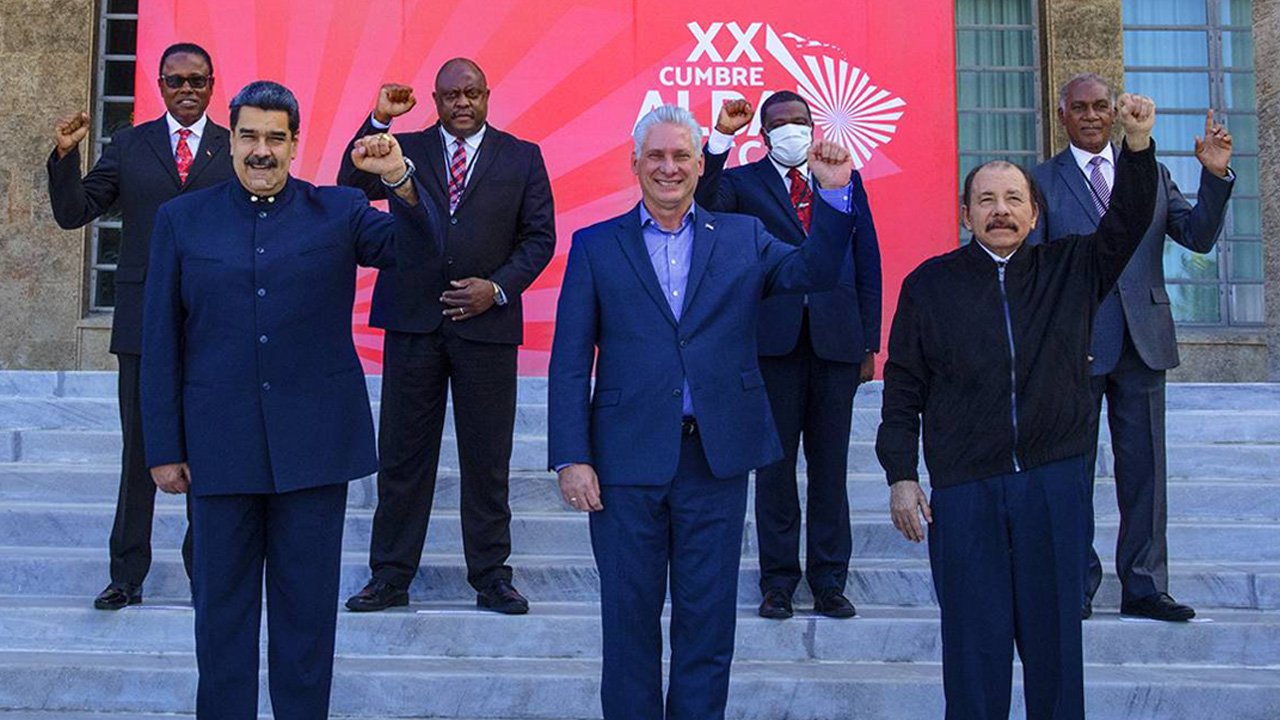Asobancaria has just presented a five-point manifesto in which it says that it seeks to be part of the conversation that Colombia must take on in the post-pandemic. Hernando José Gómez, president of the guild, assures that banks want to take an active role in building a more equitable country and this will be stated today at an event with the Government in which it will renew the commitment to sustainability to increase green financing.
(Banks present post-pandemic dialogue manifesto).
What is the purpose of the open letter to the country?
Based on the reflections that have arisen in the pandemic, we think about the future of the country, about what we have advanced and what we still lack. We want to take part in this dialogue that is opening and see what society expects of us, and that is why this manifesto in which we set out some points of view and commitments to improve the impact of the financial system on society as a whole.
(Colombia would be the fourth country with the highest economic growth in Latam).
What is this to have more regional presence and especially where there are shortcomings and lack of opportunities?
We found five ways to delve deeper and one very important is that of the territories, since developed areas are seen in the cities even in parts that seem to be from advanced countries, but at the same time there are others that have quality of life and income that seem to be from very advanced countries. backward countries in Latin America and, in that sense, as banks we have achieved a presence with branches and correspondents throughout the country, but we want a more permanent relationship with those 7 million people in deep Colombia, where we can be a fundamental part of the growth of agricultural, agribusiness and service businesses.
New models of approach with microcredit and digitization must be had Apart from this public, and for this reason, the connectivity of these remote regions is necessary, since relationships are needed there through apps and new technological forms. To the extent that we have greater connectivity, we will be able to serve them in a better way, such as in Africa and India, in a more timely manner and give customers support in terms of technical assistance.
This requires investments in physical and technological infrastructure. How to do it?
That is with a public-private alliance in which the Government with the National Guarantee Fund will allow the banks to reach more people who have viable activities but are not in the formality. We must achieve that, with credit origination mechanisms that take into account the non-traditional information that is asked of someone in the big cities. We want to look and listen to what those alternatives are where the territories can be developed. For example, the Catatumbo region sells a lot of food that is taken to the Atlantic Coast and if it were known how the producers work, they could have access to more technology, machinery and equipment and be more productive. We must look for those regional production vocations and help in their development.
Hernando José Gómez, president of the guild.
BRIEFCASE
Are there numbers?
We do not have figures, but we do have the commitment that the levels of inclusion and financial deepening achieved in the capital cities are achieved in deep Colombia and rurality and that means that 89% of adults already have at least one financial product but at the rural level the figure is 50%. Those are the metrics we will work with.
How are the sector’s sustainability commitments?
We have been with the green protocol for 10 years, which is an alliance with the government to finance this green economy, progress has been made but the world is yet to be discovered in this field and the markets are growing impressively. There are opportunities in the countryside and the city through the circular economy and the electrification of transport. We have $11.5 billion in credits of this type, with the Government the green taxonomy was approved that tells us what a project that responds to environmental needs is and tells us how to do it. There are 14 banks that incorporated the mechanisms to determine the environmental commitments of the credits.
By 2025, the banks will seek to be carbon neutral with their direct activities and additionally, in that year incorporate mechanisms for measuring emissions financed with the portfolio. In this way, the deepening of the bioeconomy and the circular economy is facilitated. And continue deepening digitization.
70% of transactions are electronically and that is why the internet and digitality are urgent, since there are vast territories to educate them in that digitality. It is necessary to look for that through these wallets and fintech they manage to connect through the cell phone to lower the prices of financial products. We seek alliances with fintech companies to speed up the process and reduce the use of cash.
And what about diversity?
There are some sectors that exclude themselves because they say that these products are not for them. Women are targeted for rural credit and other modalities. The banks advanced in policies of zero discrimination.
And in credit opportunities?
Banks have been part of the solution in the crisis generated by the pandemic. The portfolio represents 48% of GDP and we want it to reach 65%. We can raise an additional $170 billion.
BRIEFCASE








